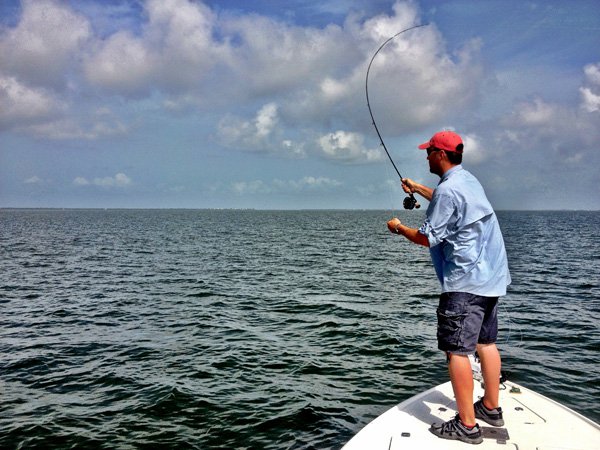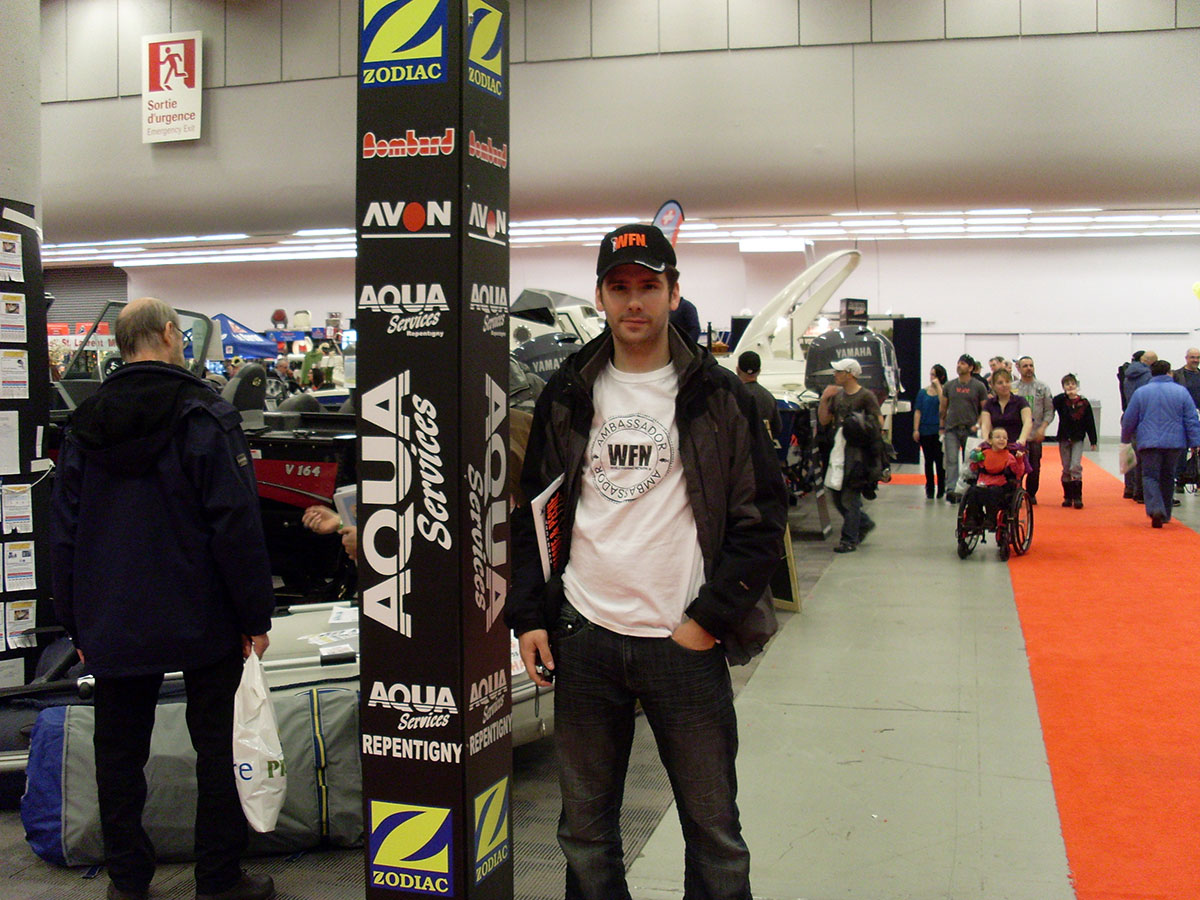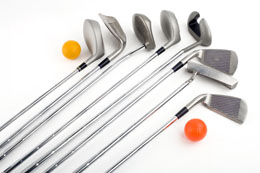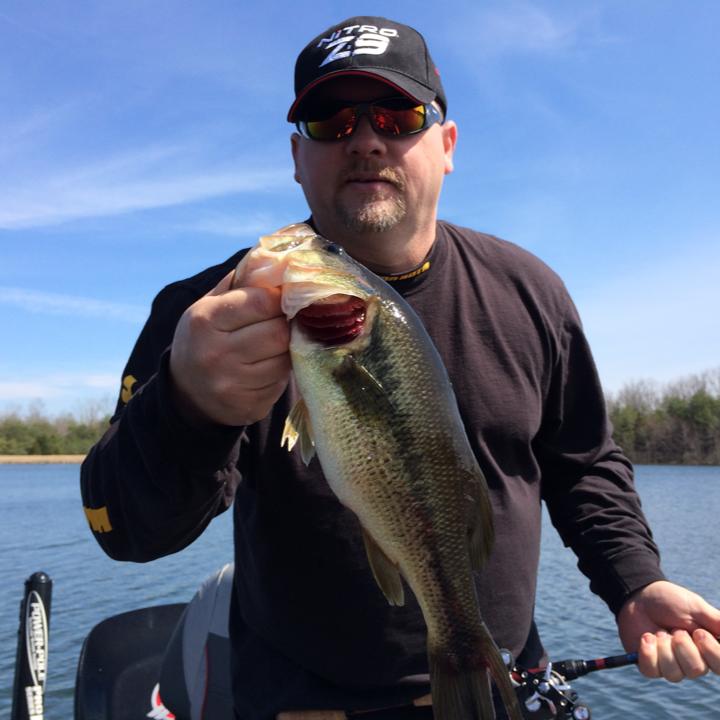
Poppers are poppers – right? Well maybe not, because there's a vast difference between a home-carved broomstick popper to those produced in factories. For a start, to cast properly they need to be the right weight for distance casting in to a strong southeaster, and need to land bum first so the hooks won't tangle. Next, they should pull correct side up and more importantly "swim" correctly when doing the popping bit. There is also the matter of colour.
I have used poppers for years with varying success on most tropical fished. And one thing I‘ve discovered is poppers are at their best during an incoming tide when mullet and other bait are harassed by humgry pelagic. Poppers that resemble fish are best under those conditions but others are okay providing you work them the correct way. Too many of us toss a popper out as far as we can and wind like mad to skip it over the surface as fast as possible. That works fine for queenfish and sometimes trevally, but not for other fish that are in the attach squad. Barramundi for instance like a slow moving lure and poppers are no exception. Others like mackerel prefer a bit more speed, but not too much and the list goes on.
Popping Technique: if there's one fish that truly loves poppers anytime, anywhere, at any speed, it's the speeding queenfish. These silver dartlike fish feed at a million miles an hour, hitting bait that is dormant or mobile by swimming as fast as it tail can project it.
Working poppers for queenfish is easy, just toss it out, and wind as fast as you can turn the reel handle. A high speed spinning reels is ideal for this method, and indeed remains one of the most favoured of all fishing means for queenfish fishing. Bait casting reels are okay, but suffer in the speed department. If you are fishing very clear water, the retrieve is a bit slow, not that you won't catch a ‘queenie' on one – you just won't catch as many.
If other fish are present, the speed should be slowed down. For instance if barra are feeding (you hear them boofing) you toss the popper out to where the last ‘boof' was and count to three before retrieving the lure very slowly in 15cm strips with little lazy ‘pops' and water displacement. Barra lie under prey and watch it. When it moves, they hit at incredible speed and little escapes that bucket mouth when it engulfs a drum full of water.
I have seen them come up so fast that light poppers are often tossed up in the air with the fish totally missing it. That's why good poppers carry a fair bit of bum weight to avoiad getting airborne when a torpedo rises under them.
Roosta Popper: the latest Halce Roosta poppers are arguably the best on the market when it comes to catching tropical fish species. No doubt, they work as well on southern species, but I don't go there, - too bloody cold.
The Roosta 105 popper is 105 mm long and weighs 30gm. This is an ideal size for all-round fishing and the best size for barra – either when fishing an incoming tide, or casting about rocj bars, snags or headlands. It is rear weighted to make casting easy and for landing in the correct position in the water for the retrieve. It can be used to ‘bloop' for a slow retrieve, or as a skittering rear planning lure for last retrieve work.
Note that the design of the lure gives it excellent stability and it does not tumble or spin, something that is often encountered with poorly designed poppers. A set of big mean looking eyes, a full range of colours, 4x strong hooks, and matching rings makes it a very strong lure that will do the job.
The Roosta 140 is almost twice as big in appearance as the 105 model, and is an upscale model of it. Fitted with large hooks and rings, this super popper is designed to catch big queenfish, barracuda, and big trevally on the tropical tidal flats. It also works fine on big barra when worked slowly to their liking and it has good success on big impoundment barra in the Tinaroo Dam and other when finished at night.
Fresh Water: Fish are curious by nature. Toss a twig in the water and fish will soon gather to investigate. I have watched Aboriginal firsherman break off small 20 mn twigs from branches and toss them in the water. Investigating fish quickly gathered and are speared for their curiosity. Poppers can be used in the same way by slowly and stealthily working them about rock bars, weed beds and log falls in freshwater rivers in the morning and later afternoon when the light is not at full strength. Pop the lure lazily and very sparingly by working it like something that is either hunting or trying to hide. Barra and Saratoga are suckers for such dirty tactics and fall for it every time.
Others – sooty grunter, mangrove jack, jungle perch, yellow belly and probably Murray cod, will also fall victim to such presentation. When working the lure back, do it very slowly with barely 15cm movements and keep the popping more like bloop-like and not noisy. Let the lure rest on the surface for the count of a slow – one – two – three – between rod tip movements and retrieve. Keep it in the target zone as long as possible.
You need a good hearth for this sort of fishing because when a big barra hits at your feet, it is going to startle the hell out of you, especially if you are fishing in croc country at dusk.



Copyright © www.mycheapnfljerseys.com Outdoor sports All Rights Reserved